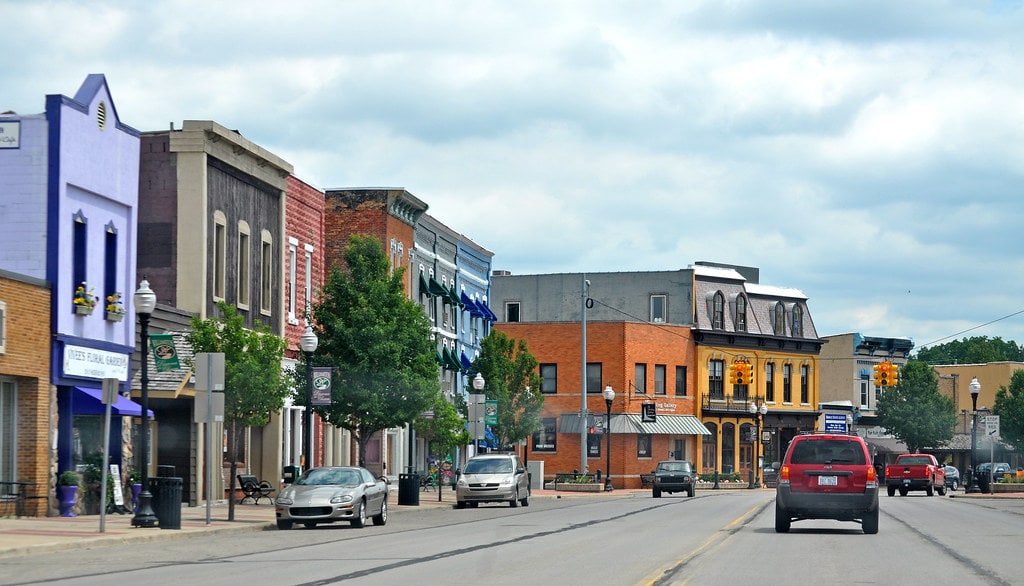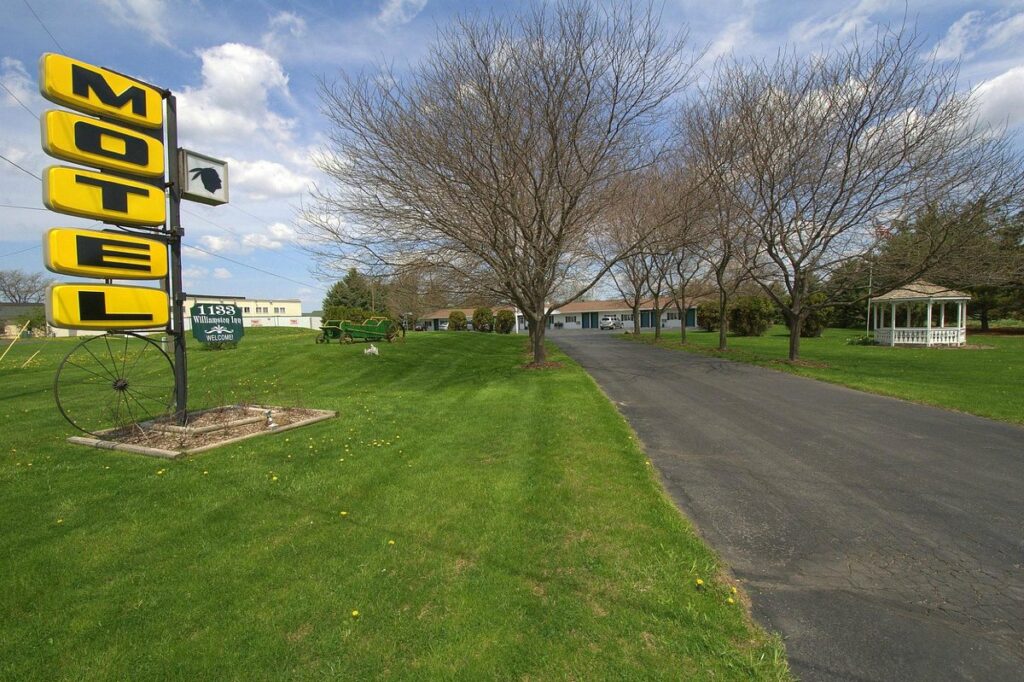The location that was later to become Williamston started as the cross-road of the Grand River and Saginaw Indian Trails. This area had been occupied by native Americans for hundreds of years. A small band of the Saginaw tribe of the Chippewa People by the mid-19th century used the area as a ‘summer village’. They used Williamston for planting crops, burying their dead, and holding an annual spring gathering, primarily using the land just north of the Red Cedar River.
Williamston’s European settlers came to the area in 1834 when Hiram and Joseph Putnam moved briefly to the area from Jackson. They spent less than one full year in the area, planting and then harvesting one crop of oats. Today, inside the city limits, Williamston Road becomes Putnam Street, having been named in their honor.
In 1839, the Putnams sold their land to Oswald B., James M., and Horace B. Williams, three brothers from Batavia, New York. James M. “Miles” Williams, who built a dam, saw mill and later a grist mill in town, eventually platted the land in 1845 and named the town “Williamstown” after himself. It is unknown how it lost the “w” in its name.
Williamston was incorporated as a village by the Michigan Legislature April 5, 1871, the same year the Howell and Lansing railroad from Detroit to Lansing sited a depot in Williamston as one of the intermediate stops. Back then when railroads were king, Williamston was noted as the halfway point between Detroit and Grand Rapids. When you stop in to the Depot Museum you will see the historic details of the railroad, and a lot more interesting history.
Today many farms surround the historic town. And when you come to visit, park your car and feel the history as you enjoy the walkable downtown. Take your time and investigate the many historic buildings, unique shops, art galleries, a museum, and antique stores. You can still leave your car parked when you stroll the lively entertainment district to choose a dining option — before and after you enjoy a play or a movie.
The town was a popular stop on the Grand River trail (that later became a plank road) from Detroit to Lansing in the 19th century. That trail is now Grand River Avenue (M-43) which runs through downtown Williamston. Back then, the horse and buggy trip from Detroit to Lansing took more than one day, so the town was a good overnight stop.
Fast forward to the 1970’s, 80’s and 90’s and Williamston was rightfully called the antique capital of Michigan. Busloads of antique enthusiasts would come to town on special trips. Individuals would eagerly make the drive to visit the many shops and the antique malls.
Today, there are still some interesting antique shops downtown, and there are two antique malls. Red Cedar Antiques is on the west side and Antiques Market of Williamston is on Williamston Road near I-96. There is much to see and do in this wonderful little town. And, Today, there are still some interesting antique shops downtown, and there are two antique malls. Red Cedar Antiques is on the west side and Antiques Market of Williamston is on Williamston Road near I-96. There is much to see and do in this wonderful little town. And, there is a quiet, comfortable, and affordable place to stay:


Quick Link
Rooms & Rates
Contact Info
© All Rights Reserved to Williamston Inn 2024. Powered by The Logo House!

Grand River Avenue (M43) at Meridian Road will be closed beginning February, 2025 for approximately 1 year. If you are coming to the Williamston Inn from the west, you will need to use a detour. We apologize for the inconvenience and look forward to accommodating you. Your GPS should reroute you, but here is a link that shows the detours as well.